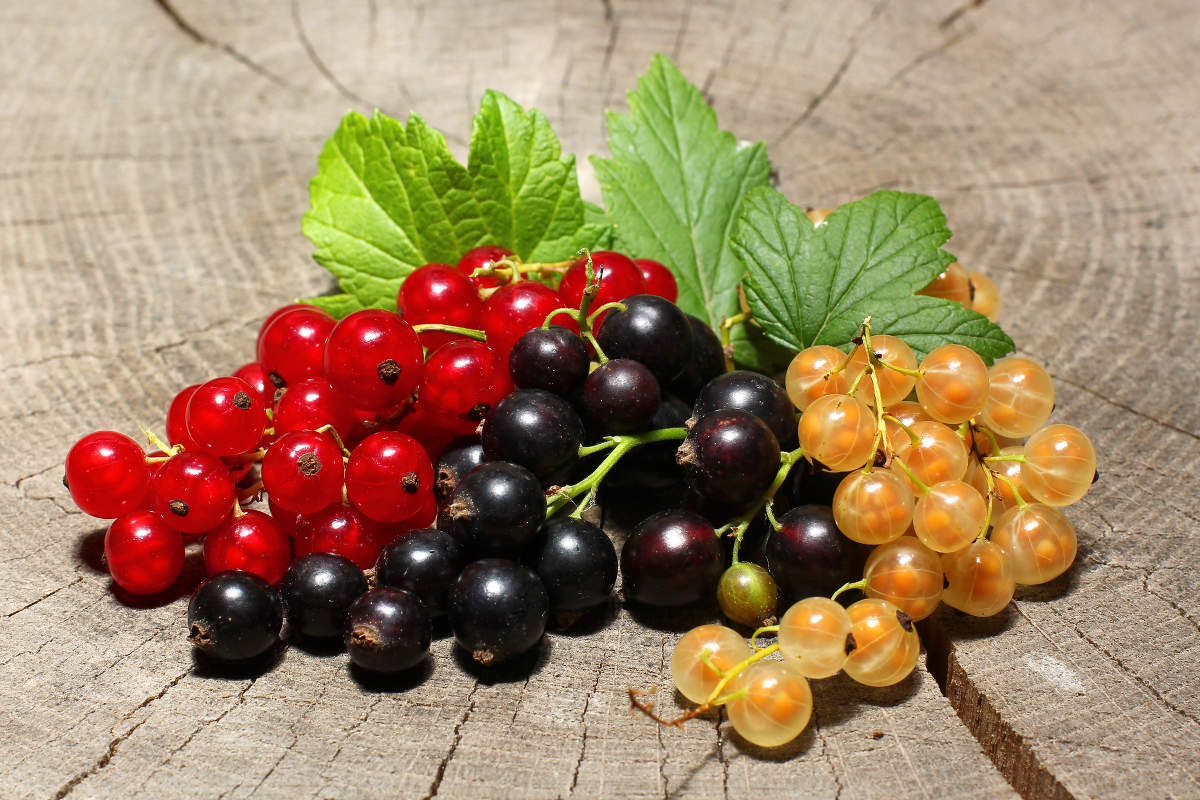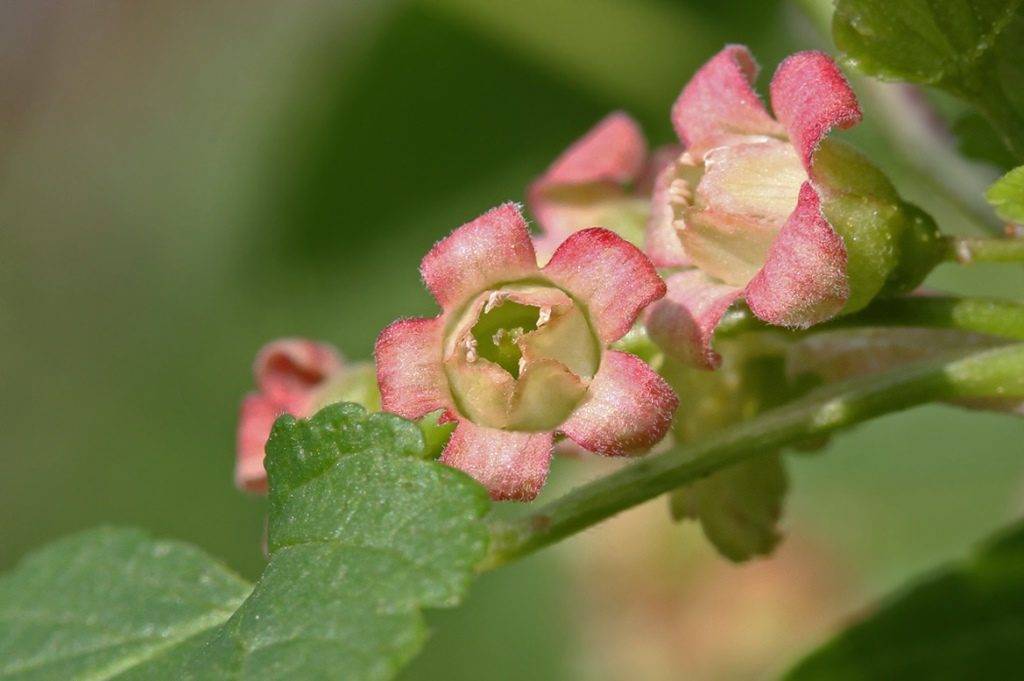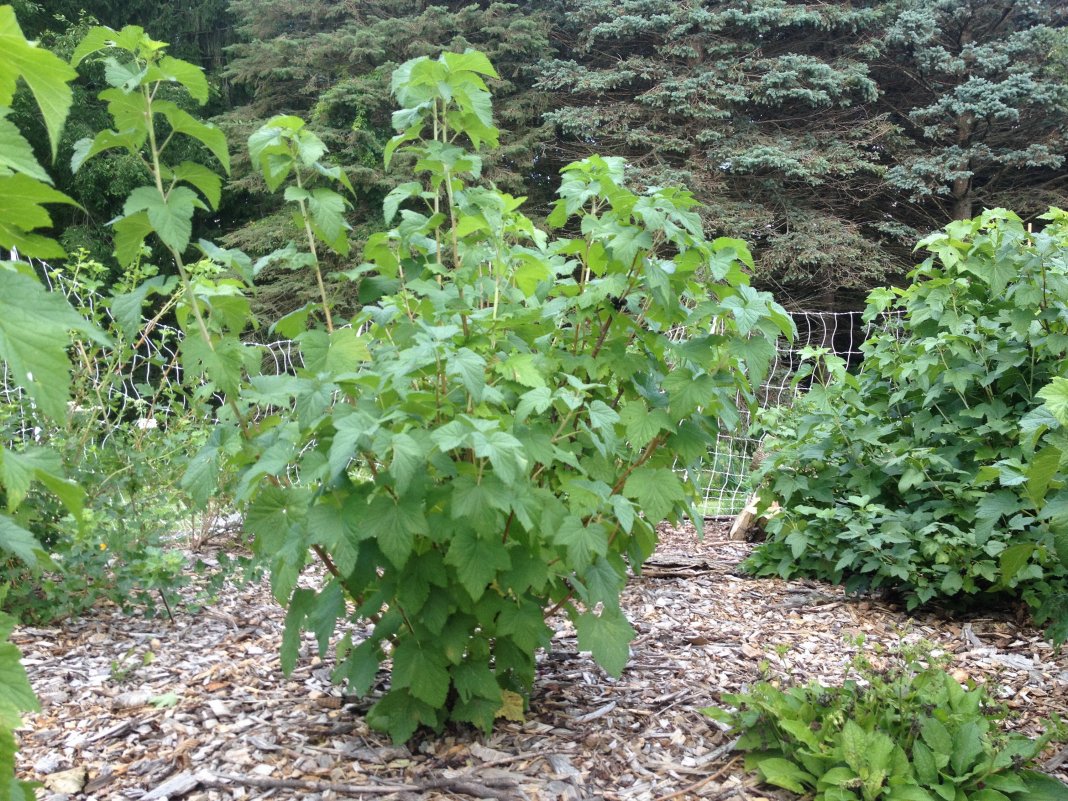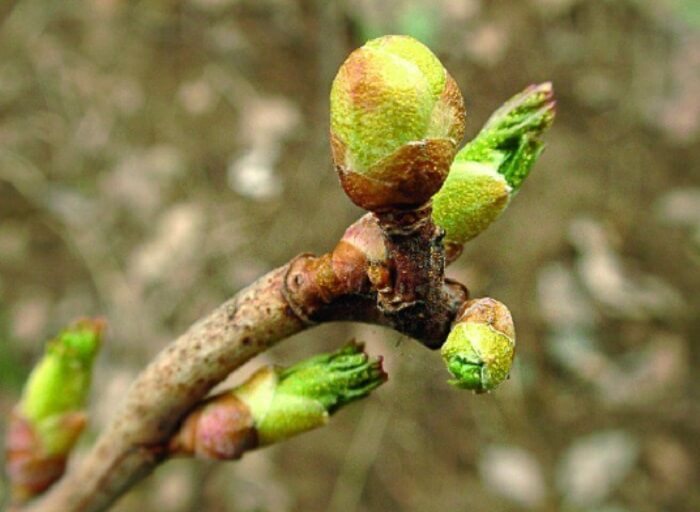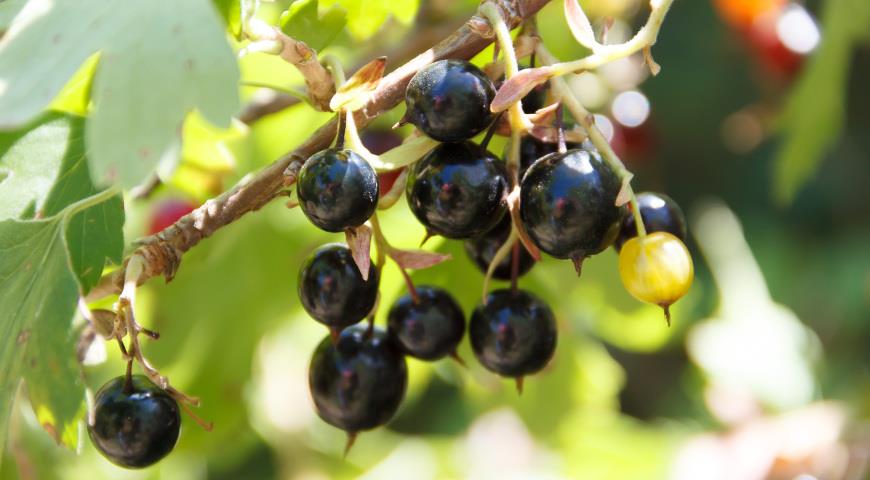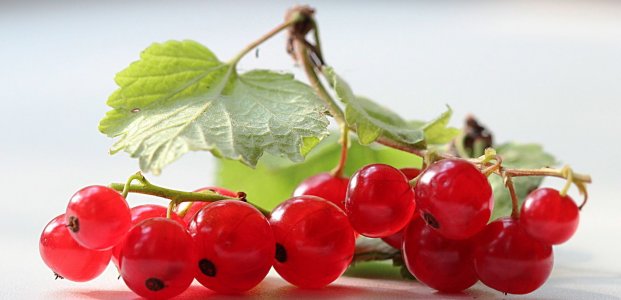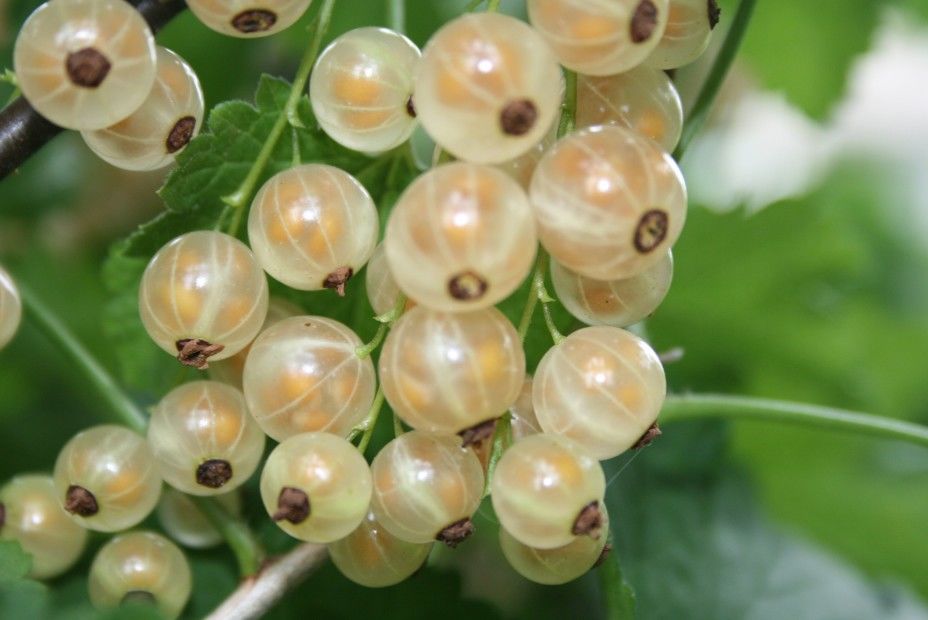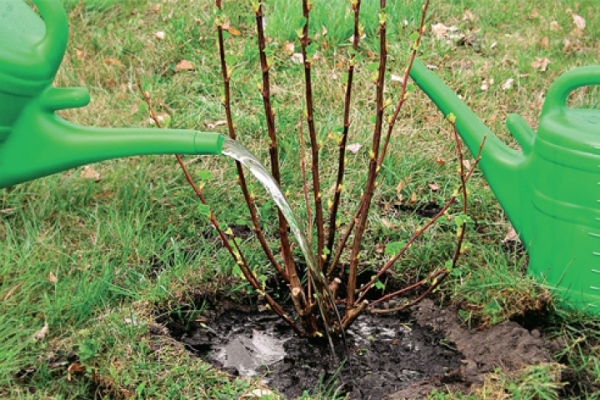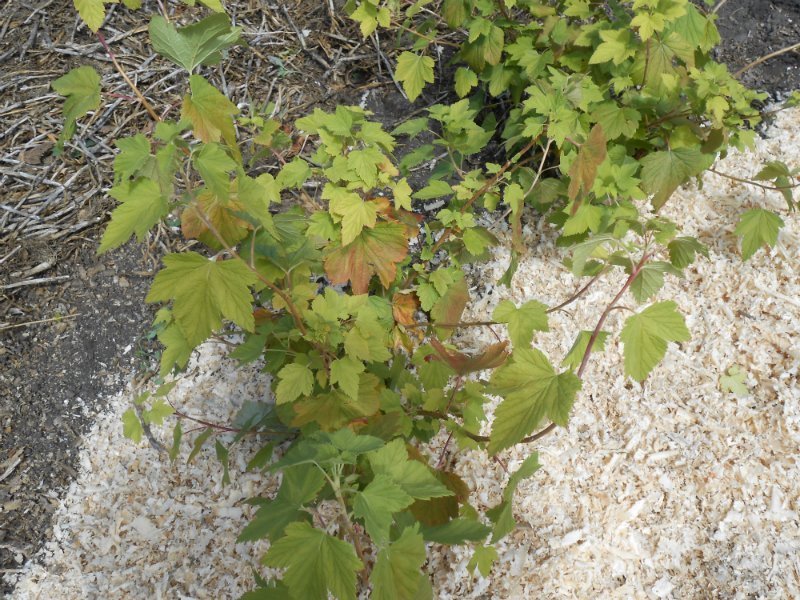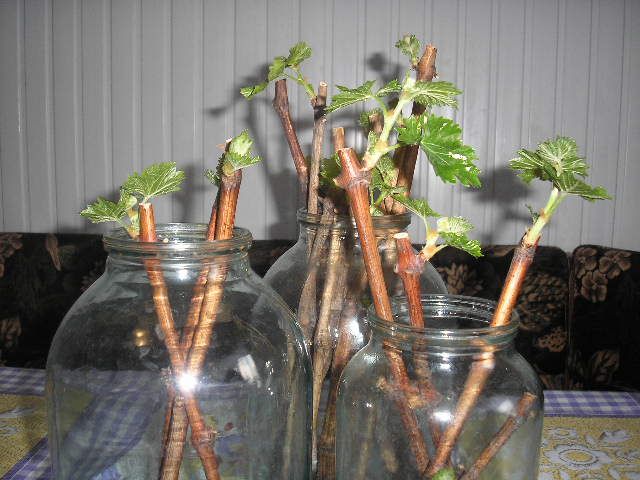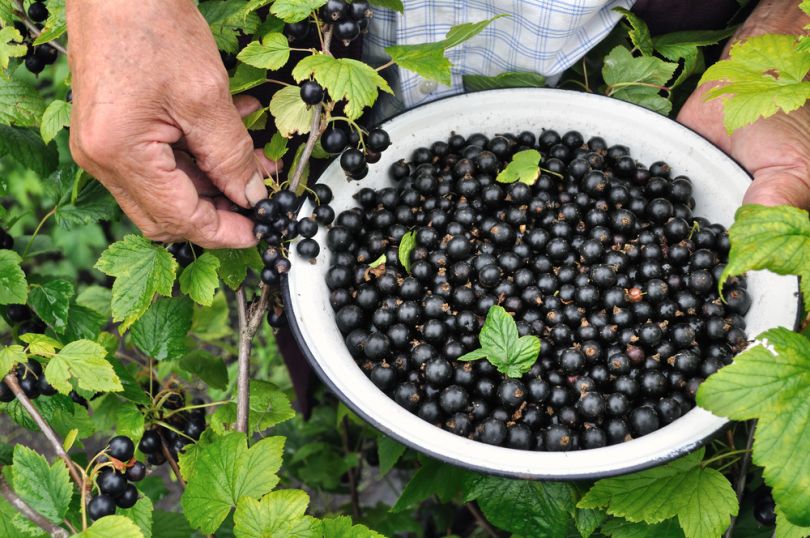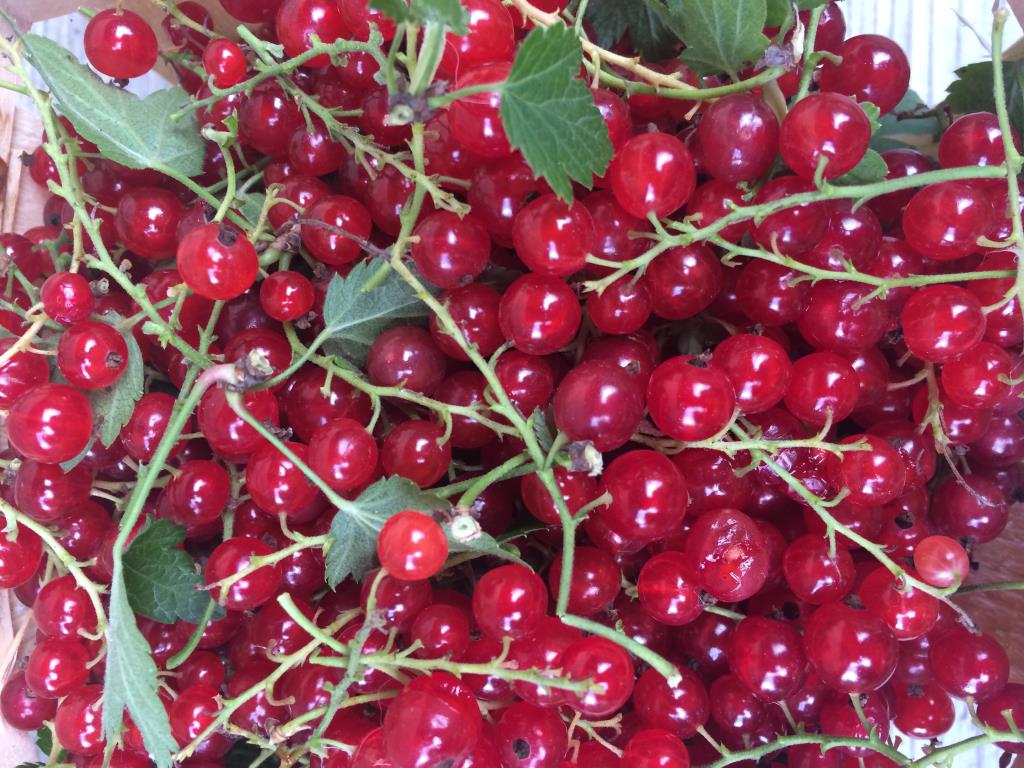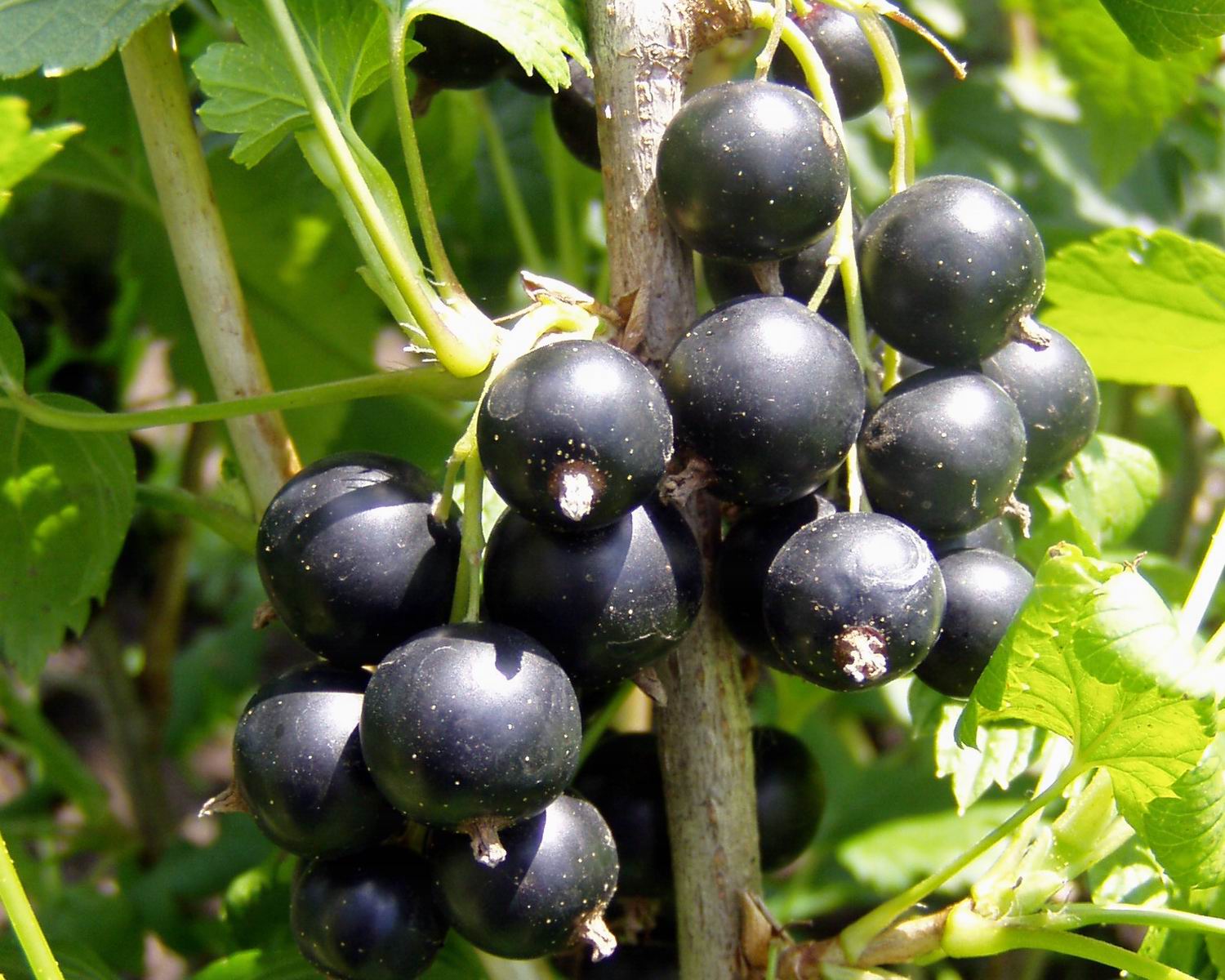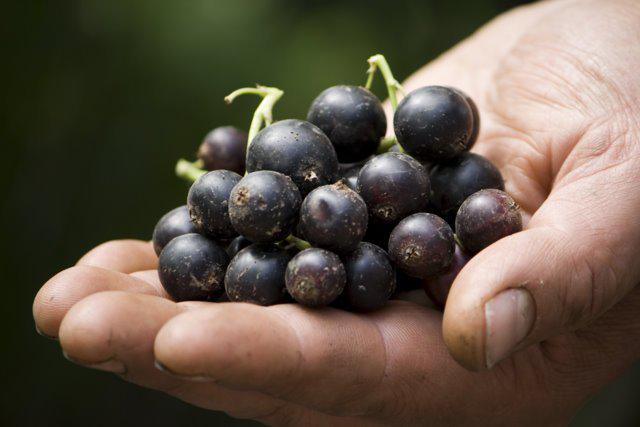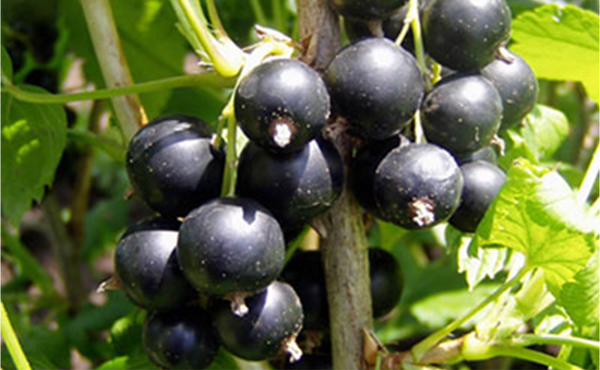Content:
The berry of childhood is currant. Probably there is no such person who has not tasted these fragrant berries at least once in his life. You can make various desserts and drinks from them. It is worth imagining the taste of jam, mousse, wine, compotes and even filling in pies. This article will tell you everything about currants, their types, growing and care.
About currants
The currant belongs to the gooseberry family. It grows on almost all continents. Moreover, in the European part of Russia, there are three types of wild forest currant cep. The Caucasus has up to six species. And in Siberia you can see the largest number of wild bushes.
Many gardeners are interested in the question of where currants grow, which terrain suits it best. Most of all, she loves to grow and develop in an area with black earth loam. But at the same time, it also accepts other types of soil well, the main thing is that they have a sufficient amount of moisture and be fertile. Low-fertile soils must be fertilized every few years. This is best done with liquid fertilizers. At the same time, red and white currants will take root better on dry soil, in contrast to black ones.
In order for the plant to grow and bear fruit, it is planted in an open area, which is illuminated from all sides by the sun's rays. In addition, the distance between the bushes must be at least one meter. Thus, the bushes will not cast a shadow on each other, and then the berries will grow large and juicy.
A currant bush grows to a height of one or two meters. Young branches are covered with a little fluff and are light in color, but with age they turn brown. The leaves can grow up to twelve centimeters, both in length and in width. They look three, or five-lobed, have jagged edges and golden glands along the veins. Currant leaves are dark green in color, dull and glabrous from above, below they have a small fluff on the veins.
If you look closely at how the currant blooms, you can see that its flower grows up to seven millimeters and has an oval shape. Moreover, all flowers are collected in an inflorescence in the form of a brush. The length of such a brush can reach up to eight centimeters. Pubescence can be seen on the peduncle, as well as on the flowers.
The grown fruit is a berry that can reach up to one centimeter in diameter. The surface of the berry can be black-brown, red or white. In one berry, you can count from three to thirty-seven seeds.
The shrub blooms in May or June, it directly depends on the variety. The plant bears fruit, respectively, in July and August. From one hectare of planted currants, you can collect from 50 to 300 kilograms of ripe berries. The berries fall off very quickly, but the leaves can hang until the very frost.
The currant bush can live and bear fruit for twenty-five to thirty years. It all depends on the type of plant and its care. Black currant bushes actively bear fruit in the fourth year, red - in the sixth. An important role in this is played by the growing season in currants, which directly depends on the state of the garden.
Plant vegetation
For many novice gardeners, it is not known what the vegetation of currant plants is. First of all, you need to know that the growing season, as well as its duration, depends on the type of plant, its variety and air temperature. There are plants that are capable of producing one harvest per season, while others bear fruit twice a year. To learn more about this process in more detail, let's study everything about black currant.
The growing season for currants depends on several factors, namely:
- whether the plant has enough heat;
- is there enough nutrients in the soil;
- whether the bush is properly looked after.
As you know, any organism must be in a state of active growth and rest. Plants also have their own distinct phases. For example, the growing season of a currant is when the bush is actively developing and bearing fruit.
- The spring period is the time when the plant begins a new development cycle;
- The autumn period is the time when the plant stops its development and goes into a "sleepy" state.
The growing season for currants begins in early spring with swelling of the buds. After a few weeks, buds appear, and the shrub begins to bloom for a week. Leaves appear much later.
Characteristics of culture
Many are interested in currants, and why this plant is called that. This shrub was named in ancient times due to the fact that it emits a strong fragrant smell - "curd". The smell is emitted due to the fact that the plant contains a large amount of essential oils. It is they who give the plant a tart and at the same time fragrant-delicate aroma.
In nature, there are about one hundred and ninety species of currant. Here is a description of some of them. The most common are:
- black;
- white;
- red;
- icy;
- golden;
- grouse;
- alpine.
Black
Of these, the most common is black currant. There is no such infield on which this plant would not grow. At the same time, the market is also in great demand for black glossy currant berries. Wild currant grows in nature, but it differs in that it brings a very weak harvest.
A large number of currant varieties are grown in Russia, among which there are both early, mid-season and late varieties. The most common varieties are:
- Venus;
- Katyusha;
- Dobrynya;
- Vigorous;
- Summer resident;
- Perun.
Red currant
Despite the fact that the taste of red currant is significantly different from black, its appearance is much more attractive. Thanks to this, it is not only used in cooking, but also becomes a garden decoration.
The taste of red currant berries has a special charm due to its slight acidity. The shrub grows up to two meters in height, while its branches are erect with a large number of branches. The most famous varieties are:
- Natalie;
- Rand;
- Rosetta;
- Darling;
- Dutch red;
- Eye of the Dragon.
White currant
White currants are especially delicate and fragile, so quality care is important for them. This type of currant does not emit an odor, unlike black currant. Taste qualities of white currant differ from black sour taste. The following varieties are popular in Russia:
- Smolyaninovskaya;
- Minusinskaya white;
- Snow White;
- Primus;
- Snezhana;
- Dessert.
Most gardeners perceive white and red currants as a separate crop. At the same time, white currants will also become a decoration for the garden.
Choosing a place for planting crops
How the black currant will grow and bear fruit depends more on where it is planted.The most optimal for growth is a temperate climate, where winters are quite mild and summers are humid and not too hot. In particular, such conditions are suitable for central Russia.
A currant bush is planted on a flat area, it can be located on a small slope, while placing the plant in its middle or lower part. If the site is on the south side, then the plant should grow as low as possible. This is due to the fact that in this case the soil dries out a little more slowly.
Despite the fact that black currant is a winter-hardy crop, the area on which it will be grown must be protected from winds and drafts. Therefore, it is recommended to plant this crop near hazel or lilac bushes. In addition, you need to remember that the root system of currants is afraid of stagnant water, so in no case should you plant it in hollows or pits.
Care features
Currant is a crop that requires special care. First of all, it is necessary to apply fertilizers every year. In this case, it is advisable to do foliar dressing. This process must be carried out during the growing season. In addition, pests are very fond of currants, and they are also often subject to diseases. Therefore, it is necessary to periodically carry out preventive control measures. In addition, the shrub needs loosening, removal of weeds, in particular, wheatgrass, watering.
Watering must be done throughout spring and the first month of summer. In case of drought, watering should be continued. In this case, under each bush, you need to pour two or even three buckets of water. They stop watering the bush during the ripening of the berries. The soil under the bush should be loose. This way more moisture is retained. But if there is no time to carry out such manipulations, then it is best to mulch the soil. For this, peat or sawdust is used.
To protect the plant from pests, you need to spray with drugs, the action of which is aimed at fighting insects. The procedure can be done in ordinary clothes, the main thing is to beware of getting the drug on the skin.
To combat pests, some gardeners choose a completely unusual method. Together with mulch, the bush is covered with newspapers. This will prevent pests from crawling out of the soil and settling on the plant. As soon as the bush begins to bloom, the newspapers need to be removed. After the plant has faded, the newspapers are returned to their original place. Only now will they serve as protection against moisture evaporation.
Weeding and mulching can be done in another way. Weeds do not need to be uprooted. It will be enough to cut it off with a flat cutter and leave it under the bush, while slightly removing it from the center. Thus, the weed will become not only mulch, but also fertilizer, rotting right under the bush. Every gardener can use this helpful tip.
To form the crown of the shrub, it is necessary to prune. In this case, on each branch, you need to leave from two to four buds. You also need to completely remove all underdeveloped shoots and weak growth. Under the bush, no more than four healthy shoots should be left in order for new skeletal branches to grow from them.
These trims are done every year. As a result of this, the shrub for the period of active fruiting should have at least fifteen, or even twenty skeletal branches. Moreover, they need to be rejuvenated every year and sanitary pruning should be carried out.
Reproduction
You can propagate currants using seeds, cuttings, cuttings. The most popular propagation methods are cuttings and layering. In the first case, it is necessary to prepare last year's cuttings. To do this, in May, last year's pagons are cut, which have the thickness of a pencil. Moreover, their length should also be no longer than a pencil. The lower end should be cut obliquely and the upper cut should be straight.
The place where the cuttings will be planted should be constantly moist and in the shade.You can also build a kind of autowatering or not be lazy and water the cuttings every evening. After the leaves appear on the cuttings, the cuttings must be opened. In the fall, they must be transplanted to a permanent place.
Making an ordinary cutter with your own hands is very simple. To do this, you need to choose a place that is constantly in the shade. It is dug up and all weeds and roots are removed. After that, fertilizer is applied and watered abundantly. Then a layer of sand is poured, and the cuttings are planted at an oblique angle.
In order to get a currant seedling with the help of a layering, you need to take the lower branch, tilt it to the soil and pin it. In this case, the bark on the branch needs to be slightly damaged. The place where the branch was pinned must be covered with moist soil. Cover the surface with plastic wrap to keep the humidity as long as possible.
You can also buy seedlings in the online store. At the same time, in order to make a purchase, you need to go to your personal account, select a plant variety and send it to the basket. After that, the purchase must be paid for and after a while it will be delivered to the place of residence.
Harvesting
Collect black currant berries only in warm and dry weather. At the same time, the use of fresh berries is rare. In most cases, they are served after heat treatment. When it comes to harvesting, it doesn't matter what goal is achieved, and what recipe is used. The main thing is that the collection is carried out correctly.
From the bush, currant fruits are collected directly with brushes. At the same time, they try not to damage the berries. In addition, currants can crumple strongly under their own weight, since the skin on the berries is thin and tender. You need to choose a wide container.
If the berries need to be transported over a long distance, then you need to collect the fruits even before they are fully ripe. If the berries are large and dense, then they can be picked separately from the brushes. The ripening time of currants depends on climatic conditions and air temperature. If the flowering of the shrub began much later, then the harvest, respectively, will be delayed.
After harvesting, you should not leave the shrub without care, since it is in the autumn that the plant tends to prepare for new fruiting. In order to have the same harvest next year, you need to properly prepare for wintering and take care of fertilizing the soil. In this case, mulching also needs to be done in the fall.
